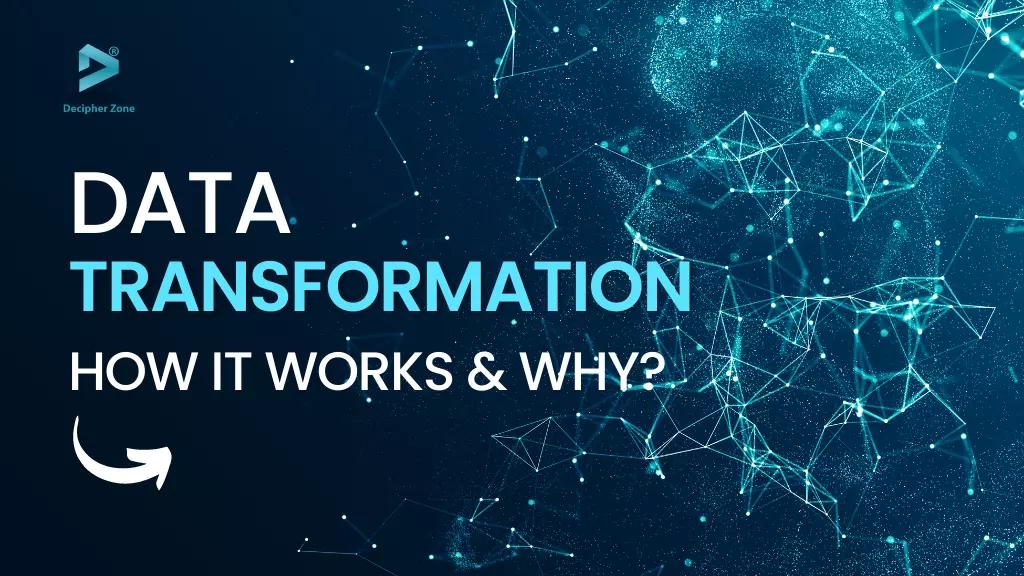In today’s digital world, data is everywhere. This is a huge benefit for businesses using data to their advantage. Understanding your data type and how you can transform that into the information you need to make the most of this opportunity is essential.
Data transformation is used in a wide range of industries, from retail and finance to healthcare and transportation. As much as 70% of organizations are already implementing or working on one.
In the banking and securities industry, for example, data transformation is used to analyze customer spending patterns and identify and prevent fraud.
In the media and entertainment industry, data transformation helps to optimize content delivery and ensure a smooth user experience. In the pharmaceutical and healthcare industry, data transformation is used to ensure the accuracy and privacy of patient data. It only shows the impact of data transformation.
It is a growing market, with estimates showing that investments in data transformation are likely to hit the $7 trillion mark.
But what is data transformation, exactly?
What is data transformation, and why is it important?
Data transformation is the process of converting data from one format to another. This can involve manipulating the data in some way, such as adding, removing, or modifying certain elements.
Data transformation can make data more useful by converting text data into numerical variables for statistical analysis. It can reduce data size or complexity, making it easier to store and analyze. It’s a vital process for many data-driven tasks, particularly for organizations that need data depending on the unique needs of their operations. The goal is to make the data readable when it’s moved from one application to another.
SQL vs Python is the usual debate when it comes to the appropriate language to use for data transformation. Both have their own pros and cons. Ultimately, it all boils down to the goals and the type of data for conversion.
How Data Transformation Works
Data transformation is part of the job responsibilities of data scientists, engineers, and analysts. They work by sourcing data, identifying data formats, and doing data mapping before the actual transformation before movement and storage.
Here’s the usual process these professionals do to carry out data transformation.
Data Discovery
Before transforming data, it’s essential first to identify and understand data, including its source format. Most would use data profiling tools to streamline their needed data before converting them to the preferred format.
Data Mapping
Mapping data is a critical step in the data transformation flow. It is the process of establishing a plan of action for the data and can be the most costly and time-intensive part of an integration plan. During this phase, data is validated, translated, derived, aggregated, and routed to make the data more useful.
Code Generation
This step entails the creation of the software code to transform the data. This code is necessary to run the data, which can be generated using centralized integration platforms.
This generated code makes the data transformation process easier to manage and less time-consuming. It is also convenient for enterprises as the code is available from a single source, meaning that all data transformation tasks are done in the same place. This process creates a unified system that is easier to maintain and manage and simplifies the overall workflow.
Code Execution
With the generated code, executing it and putting the data transformation into full gear is now possible. This process is where data conversion to the preferred format happens.
Data Review
After data conversion, it’s best practice to review whether the converted data meets the requirements. Any errors, omissions, or anomalies are addressed at this point.
Data review is a critical aspect of data transformation, as poor-quality data can cost companies a staggering $12.9 million, according to Gartner.
Companies that utilize on-premises warehouses go through a set of steps in the middle of the ETL (Extract, Transform, Load) process. However, with the introduction of cloud-based data warehouses, a modified process known as ELT (Extract, Load, Transform) has become more popular. With this, firms can upload unprocessed data into their data warehouses and then transform it at the time of use.
Key Takeaways
Data transformation converts raw data into a more usable format for downstream analysis and decision-making.
The steps involved in data transformation include the following:
-
Data discovery
-
Data mapping
-
Code generation
-
Code execution
-
Data review

